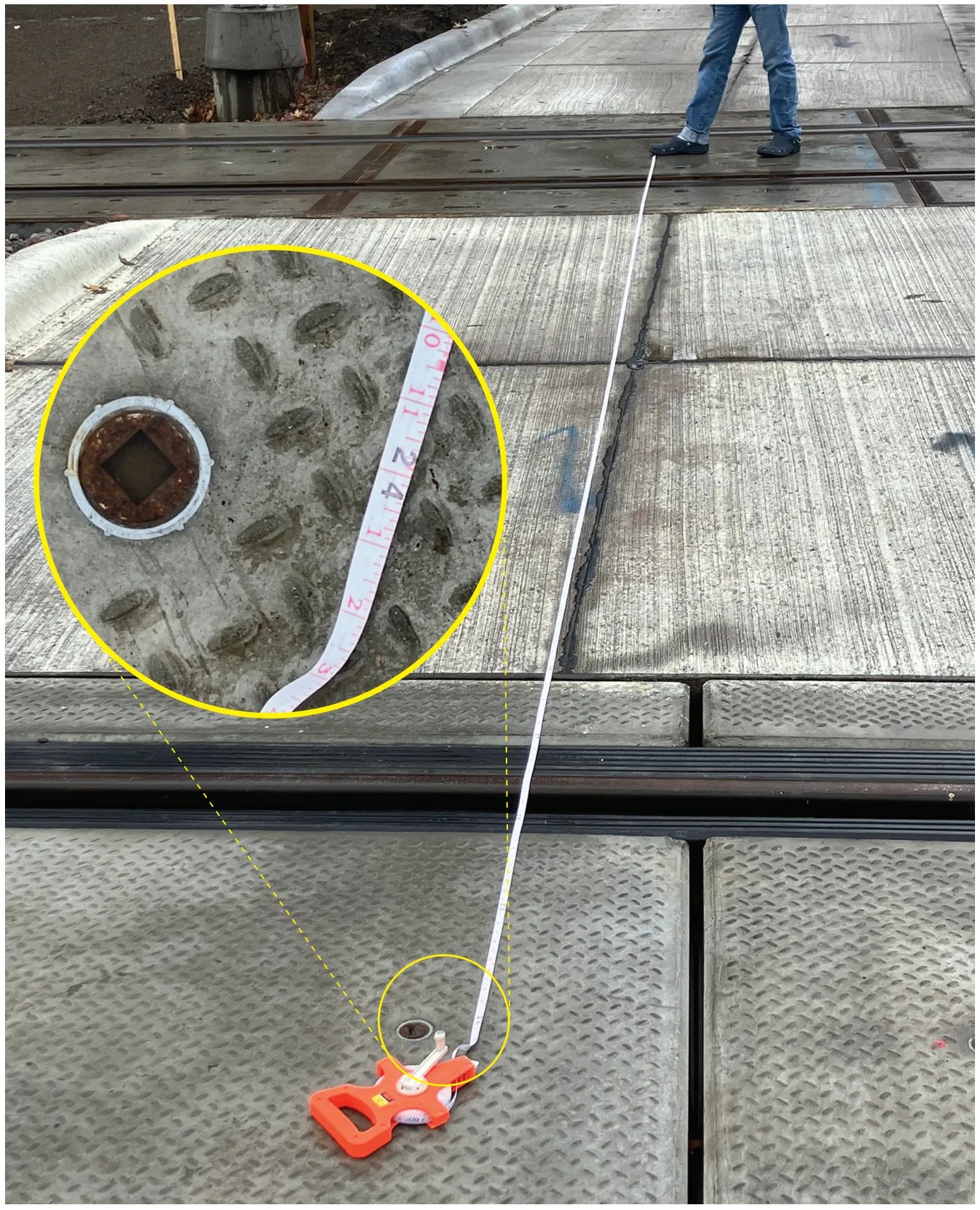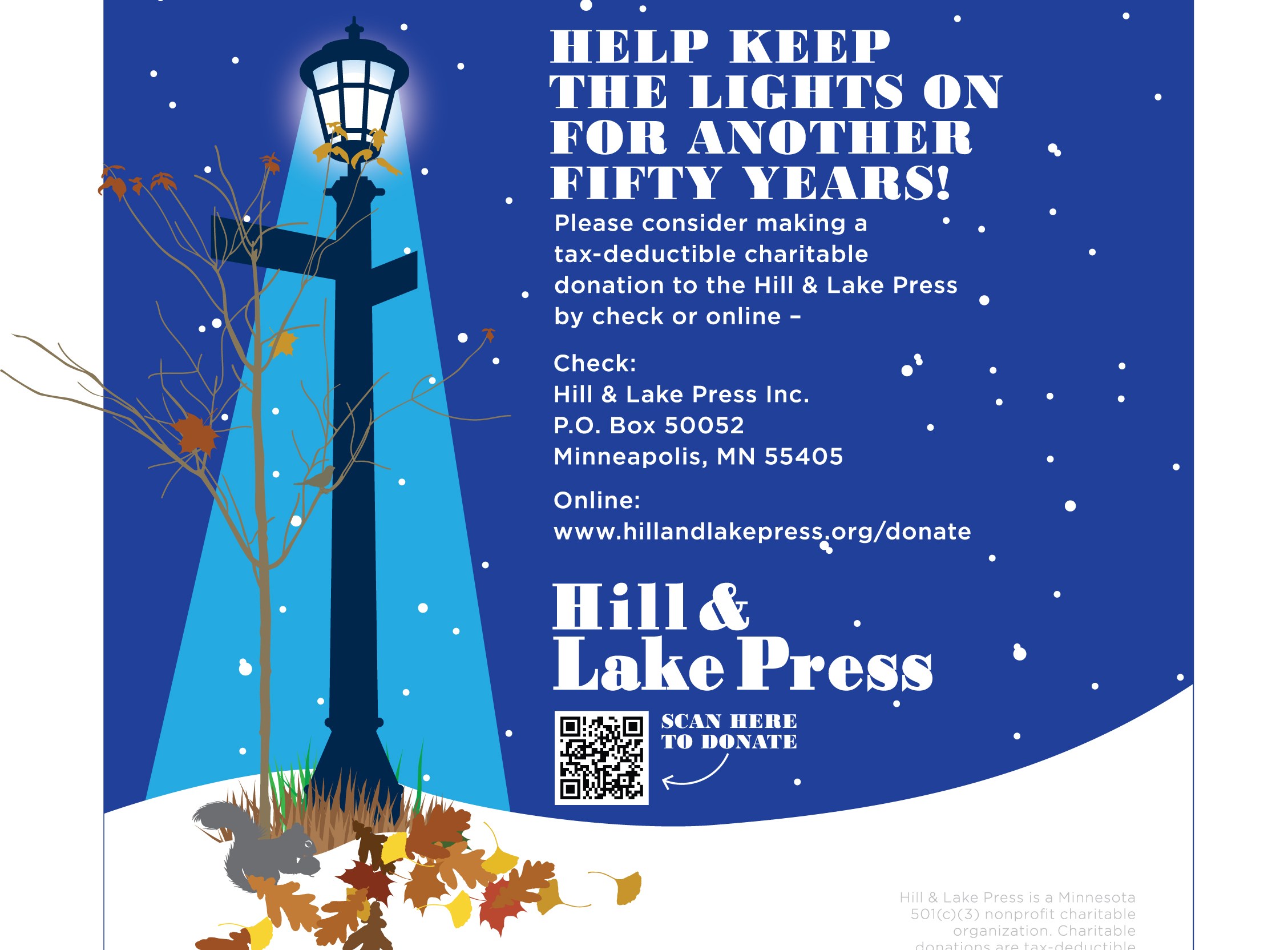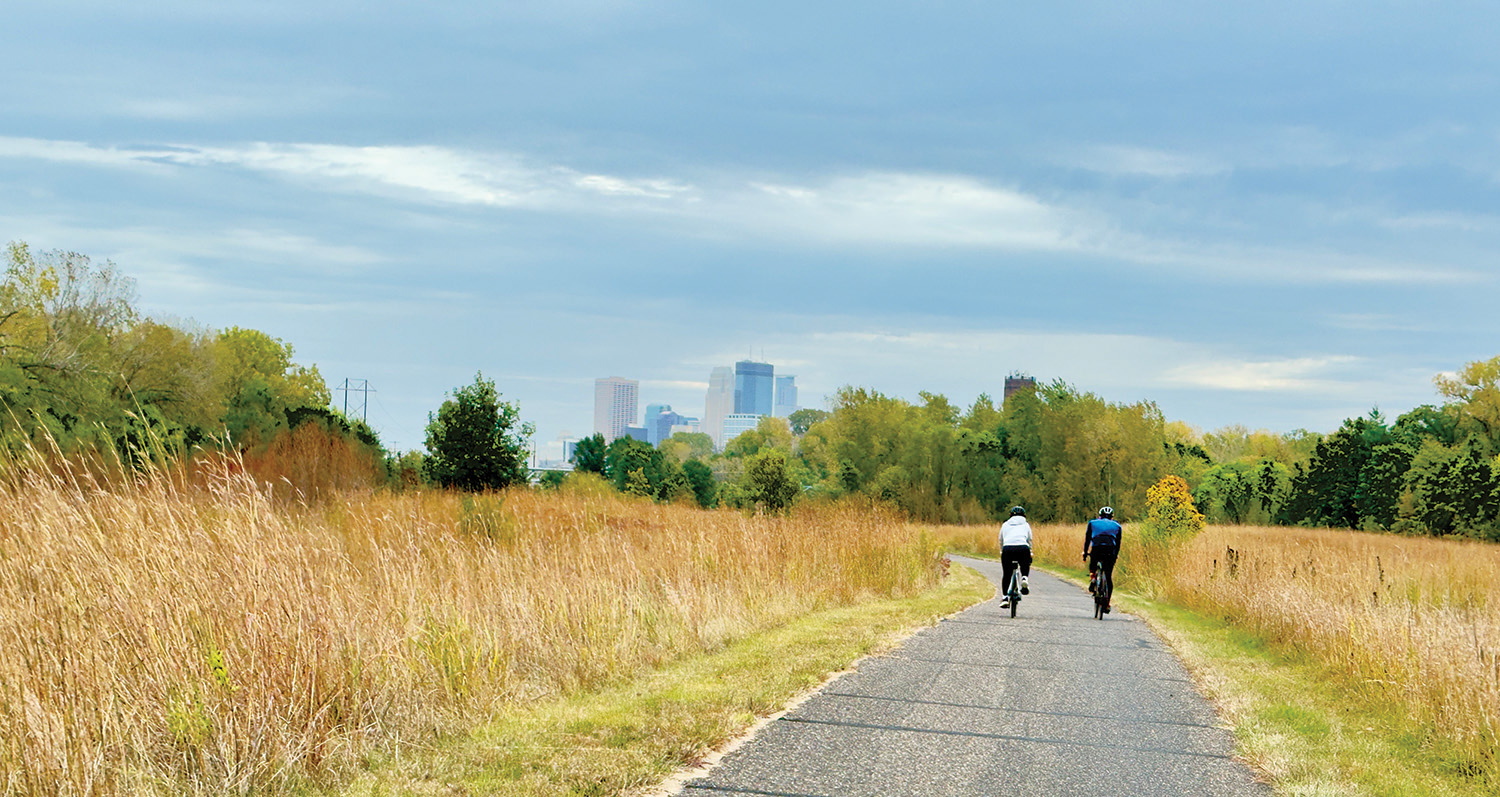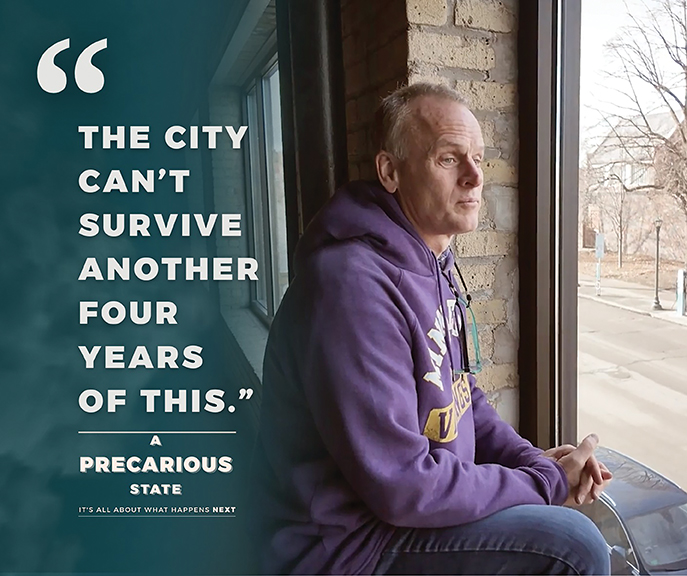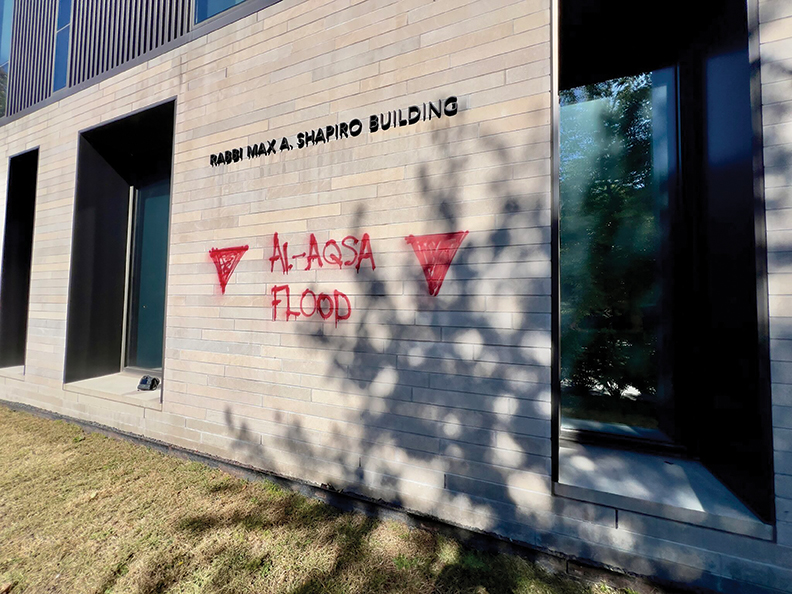Marion Collins is a physician and mother and lives in Kenwood. The Hill & Lake Press interviews Collins to learn about what motivated her to measure the light rail misalignment with a tape measure.
What makes co-locating freight rail and light rail so dangerous in close proximity to each other?
Freight rail carries hazardous, flammable materials such as ethanol. Light rail is electric. If freight rail and light rail connect, the electricity could trigger a blast that could have disastrous consequences. BNSF, which runs freight trains further along the co-located corridor, insisted on a blast wall between their trains and Southwest Light Rail in that location for safety reasons.
The alignment in the Kenilworth corridor is supposed to have freight and light rail at least 25 feet apart, mid-track to midtrack. Because train cars extend beyond the rails, trains are actually passing about 21 feet from each other.
What is the Met Council’s commitment regarding spacing?
I asked this very question two years ago, before the rails were placed, when I saw the plans for how close freight and light rail would be to each other. This is the response I received from David Davies, who at that time was our community outreach coordinator for the Met Council, on March 16, 2022:
“The design of the project in the vicinity of freight rail facilities has been developed in accordance with the Metro Light Rail Transit Design Criteria, which includes design standards and specifications to provide security and/ or enhance safety. This includes operations and maintenance safeguards to prevent LRT operational derailments, emergency guard rails where appropriate (i.e., a rail or other structure laid parallel with the running rails of the track to keep derailed wheels adjacent to the running rails), and corridor protection barriers for light rail and freight rail where either light rail or freight rail tracks are elevated above the adjacent tracks or the clearance between the centerline of the light rail tracks and the centerline of the freight tracks is less than 25 feet. In addition, where clearance between the centerline of the light rail tracks and the centerline of the freight tracks is less than 50 feet, intrusion detection will be installed.
The West 21st Street area meets the above criteria as the centerline of the freight track and centerline of the closest LRT track will be 25 feet apart.”
As a result, if the rails are less than 25-feet apart, which they currently are, there are supposed to be more safety measures put in place. And at less than 50-feet, there are supposed to be intrusion detection devices (although by the time that does anything, it would be too late). So, the Met Council does acknowledge the potential danger all along this narrow, co-located corridor
What motivated you to get out your measuring tape and double check the Met Council’s track alignment for Southwest Light Rail?
When I walked out toward Cedar Lake, the tracks looked really close together. With the Met Council continually ignoring our concerns of safety and livability, I had to see if they were living up to the measurements they touted. I wanted to check because they have repeatedly shown their disregard for both the community and safety.
The Met Council is able to operate with impunity because the government is currently unwilling to stop them. State and Hennepin County residents will have to pay the price in money, safety and livability.
On an ironic side note, as construction was starting, Met Council contractors stuck stakes in our yard, insisting we were "encroaching." Some of these stakes were less than 2 inches from the inside of our fence. I have to wonder, if they were so accurate in determining our "encroachment" down to a mere 1-2 inches, how could they not measure this very important distance between freight and light rail tracks properly?
How was the Met Council able to claim that there is a difference of seven inches versus the 11 inches you have measured?
I am not the only person to measure and come up with 11 or 12 inches short. I don't know how the project manager is able to say there is "only" a 7-inch shortage and insist that they are still building a "very safe line." I wonder if they measured at several points and averaged their results.
How has the Met Council used the law of averages to manipulate sound mitigation as well?
This is a big concern for our community. Gate bells will sound for every light rail train that crosses 21st Street. The Met Council plans to run those trains every 10 to 15 minutes during the day, and every half hour for most of the night. The Met Council hired a sound testing company (can we note this conflict of interest!) to decide if houses like ours would be eligible for sound mitigation. We were informed we did not qualify. We were told that although the bells will be loud, if that sound is averaged over the course of 24 hours, the average decibel level falls below the threshold for mitigation. Averaging very loud sounds with silence artificially creates a sound level below threshold. This defies common sense.
When I learned this, I asked if I could come stand outside their houses at night and set off fireworks at regular intervals all night long. Would I not be disturbing the peace since I'd keep the "average" below the disturbance threshold? I was met with silence, again demonstrating the Met Council’s unwillingness to take responsibility and work with the communities impacted by their project.
